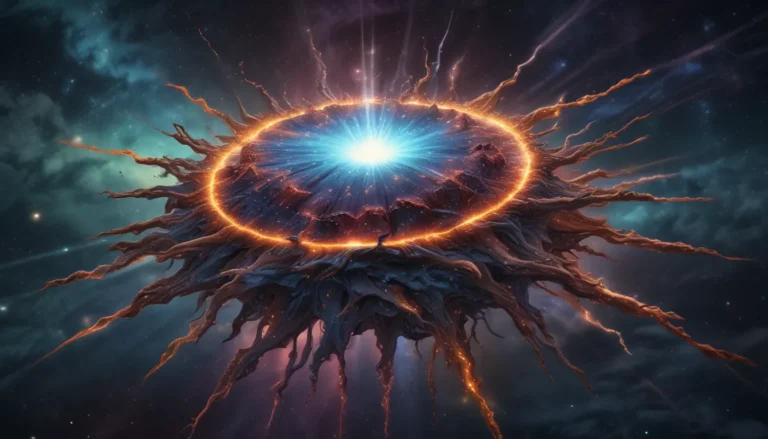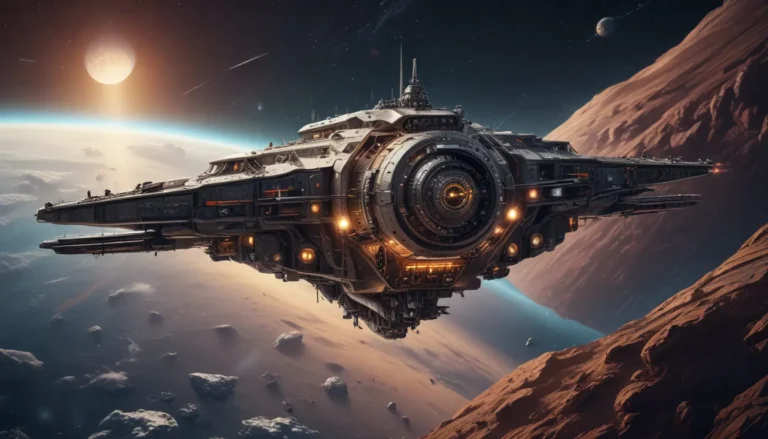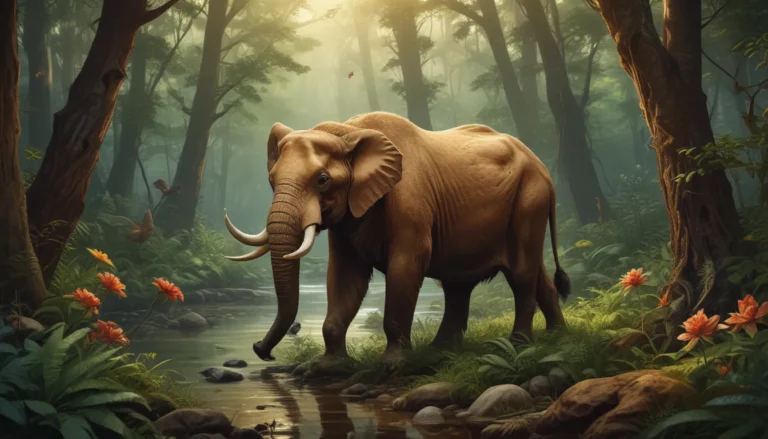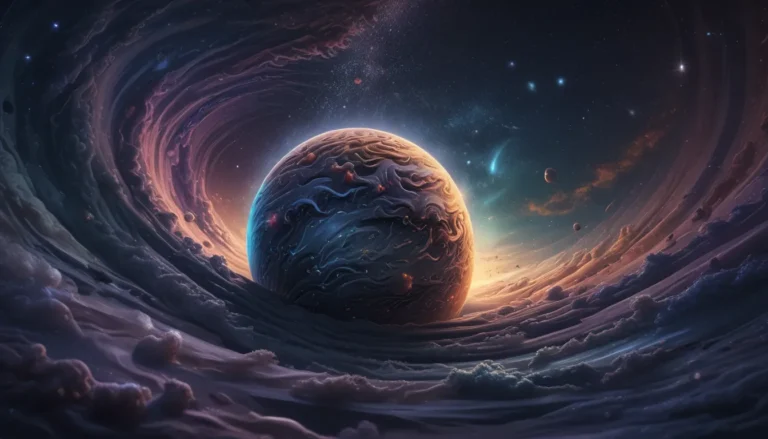The pictures we use in our articles might not show exactly what the words say. We choose these pictures to make you interested in reading more. The pictures work together with the words but don’t take their place. The words still tell you the important facts.
The universe, with its vast galaxies and cosmic wonders, never fails to astound us. Among these celestial marvels, nebulae stand out as some of the most captivating and awe-inspiring formations. Composed of dust, hydrogen, helium, and other ionized gases, these colorful clouds in space create stunning displays that spark wonder and curiosity. In this article, we will venture into the world of nebulae and explore nine mind-blowing facts that will elevate your understanding of these cosmic phenomena to new heights.
Delving into the World of Nebulae
Nebulae, also known as interstellar clouds, are breathtaking regions in space where gas and dust particles come together to form stunningly beautiful formations. These cosmic marvels can span several light-years in size and often serve as the birthplaces of stars and planetary systems.
The Diversity of Nebulae
One of the most fascinating aspects of nebulae is their diversity in appearance. Some nebulae take the form of colorful glowing clouds, like the famous Orion Nebula, while others appear as dark, dense regions, such as the Coalsack Nebula. The colors of nebulae result from the different elements present and the interaction of starlight with the surrounding gas and dust.
Nebulae: Birthplaces and Graveyards of Stars
Nebulae play a vital role in the birth and death of stars, providing insights into the history and evolution of the universe. The collapse of a nebula under its own gravitational force can trigger the birth of new stars, creating stellar nurseries that shape the evolution of galaxies. On the other hand, when massive stars exhaust their nuclear fuel, they may undergo a supernova explosion, leaving behind a nebula known as a supernova remnant.
The Enigmatic Cat’s Eye Nebula
The Cat’s Eye Nebula, located in the constellation Draco, is renowned for its intricate and unique features. Its central star expelled its outer layers, creating concentric rings of material that resemble the eyes of a feline. This nebula provides valuable insights into the late stages of stellar evolution.
Secrets of Nebulae Revealed
Many nebulae emit intense ultraviolet radiation and other forms of electromagnetic radiation. The radiation comes from young, hot stars within the nebulae that ionize the surrounding gas, causing it to glow. This ionized gas is responsible for the vibrant colors often seen in nebulae.
Unraveling the Mysteries of Nebulae
Nebulae serve as cosmic time capsules, providing a glimpse into the history of the universe. By studying the composition and structure of nebulae, scientists can gain valuable insights into the early stages of the universe and unravel the mysteries of our cosmic origins.
FAQs About Nebulae
-
What is a nebula?
A nebula is a vast cloud of gas and dust in space composed of various elements, including hydrogen, helium, and traces of other elements. -
How are nebulas formed?
Nebulae are formed through the gravitational collapse of clouds of interstellar gas and dust, leading to the formation of new stars and planetary systems. -
What gives nebulas their stunning colors?
The colors in nebulas result from different elements and gases present, along with the effects of dust reflecting and scattering light. -
Are nebulas visible to the naked eye?
Some nebulas are visible to the naked eye, depending on their size, proximity, and the darkness of the night sky. -
Can nebulas support life?
Most nebulas are inhospitable environments with extreme conditions, but they play a crucial role in the formation of stars and planetary systems. -
How do scientists study nebulas?
Scientists study nebulae using various telescopes, capturing images, studying their composition, and analyzing their spectra to learn more about these cosmic phenomena.
Unlocking the Cosmic Enigma of Nebulae
Embark on a journey through the cosmos and discover the breathtaking beauty and complexity of nebulae. These celestial phenomena continue to captivate scientists and stargazers alike, revealing the wonders of the universe and the secrets held within these magnificent celestial clouds. So, the next time you gaze at the night sky, take a moment to appreciate the incredible splendor of nebulae and the fascinating mysteries they unveil.






